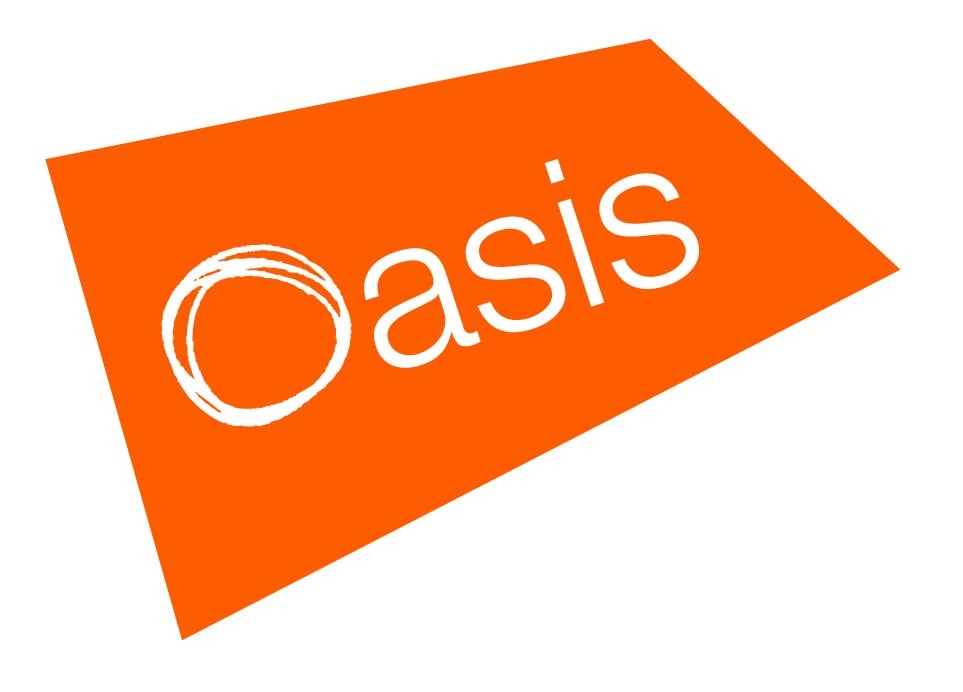Oasis Restore: a youth justice revolution
Oasis is working with the Ministry of Justice to create the UK’s first secure school, the biggest move forward in youth justice in living memory. Called Oasis Restore, it will place child-focused education, health and resettlement at the very heart of youth custody and rehabilitation.

Why is a new secure school needed?
For too long in the UK, we have lived with a Dickensian model of justice as punishment for children and young people who commit crimes.
The problem is that it costs the public purse a fortune yet it doesn’t work! The reoffending rate of young people (aged 12-18) who serve a custodial sentence runs at a staggering 69% in the first year after release.
Worse still, the MoJ reports that 60% of children in custody are accommodated in establishments that inspectors deem ‘not sufficiently safe’ or that ‘require improvement’ hardly improving their wellbeing, mental health, employment opportunities or social integration.
How will Oasis Restore help young offenders
Oasis Restore will use a psychologically ‘trauma informed’ approach. The core question we will ask of our students in the secure school is not ‘what is wrong with you?’ but rather ‘what has happened to you, what is your story?’ For the first time ever, we can place child-focused education, health and resettlement at the very heart of youth custody and rehabilitation.
The vision for Oasis Restore is based on our 34 years of youth work experience. We want to do more than avoid re-offending. We’re aiming for better care and better resettlement by creating smaller centres, offering an integrated and therapeutic approach to successful reintegration into community.
We will provide bespoke care for children so that they have future opportunities equal to those offered their peers; ones that enable young people to make different choices and lead positive, productive lives.
What is wrong with you? is not the right question. ‘What happened to you’ is the important thing.

“Even before the Covid lockdown, 1 in 25 teenagers in England were falling through gaps in the school or social services systems. This puts them at increased risk of un-employment or of exploitation by gangs and organised criminals.”
Anne Longfield, Children’s Commissioner.
Follow the science
Anyone who works directly with vulnerable young people knows that those who have been exposed to family dysfunction, abuse, violence or neglect, often lack the ability to self-regulate their emotions and energy.
A young child who has witnessed domestic violence, for example, may develop neural pathways which lead him or her to feel fear and to find ways of deliberately hurting anyone who gets too close to them.
These children and young people are not morally flawed; we now know that they are victims of their circumstances whose brains have often adapted ‘appropriately’ to the dysfunctional world they have been forced to endure.
.
Research from the Prison Reform Trust suggests that:
- Children aged 10 to 17 brought up in care are more than five times as likely to be in trouble with the law as their peers.
- Although fewer than 1% of children and young people in England and Wales are in care, they make up a third of boys and 61% of girls in custodial settings.
- In 2018-19, there were 14 incidents of self-harm each month per 100 children in youth custody, an increase of 167% since 2011-12